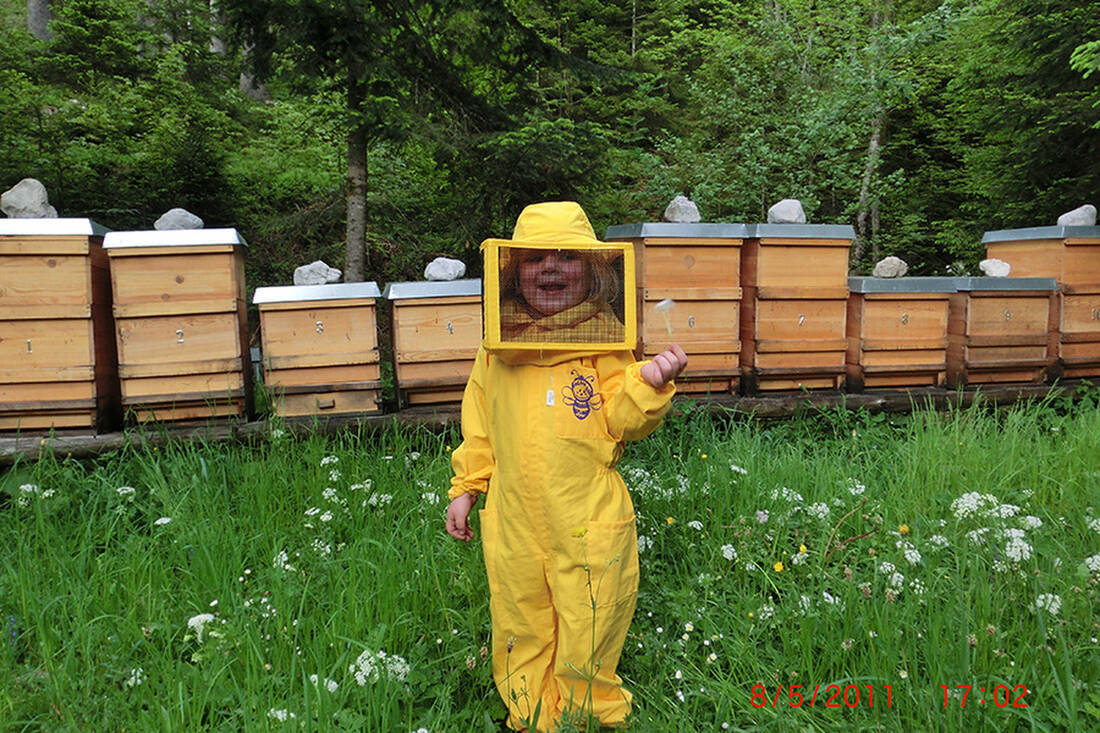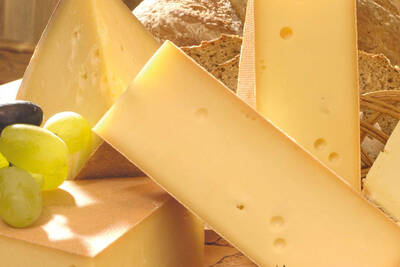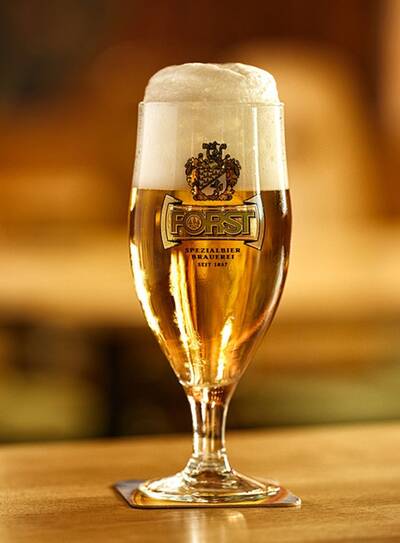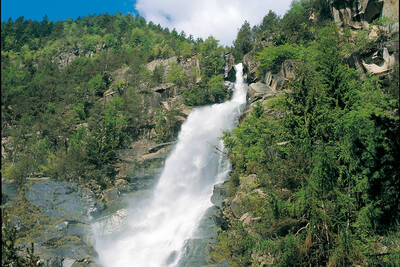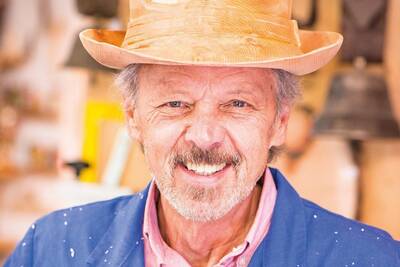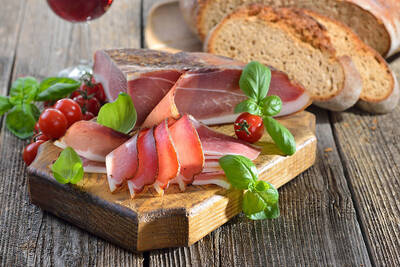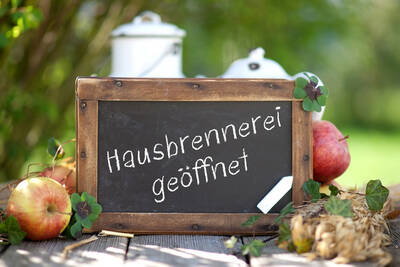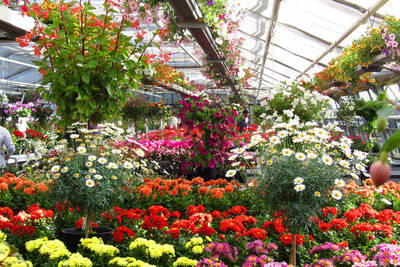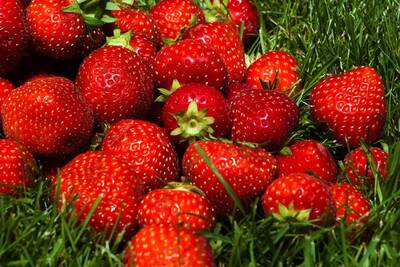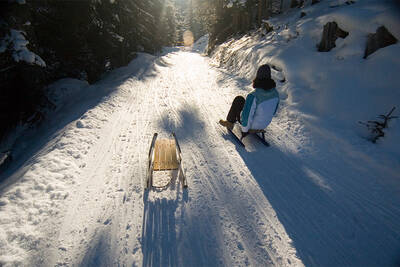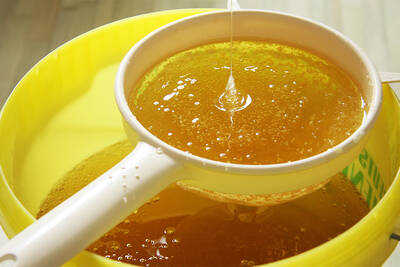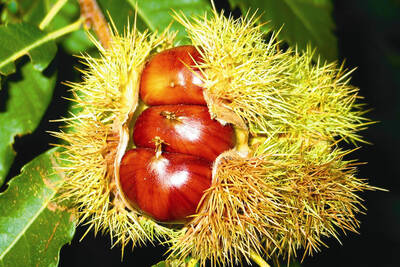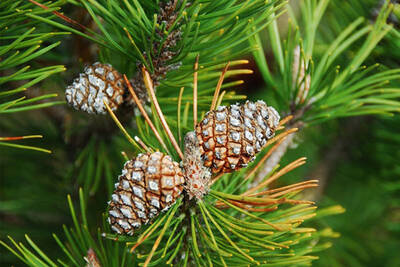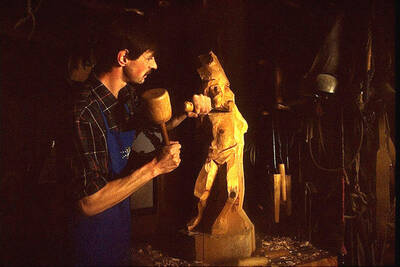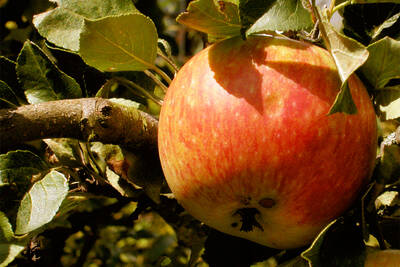Honey is the oldest sweetener in the world and has always been used as a remedy because of its anti-inflammatory and antiseptic effect. What distinguishes honey from cane or beet sugar, however, is its variety of flavors. Honey has about 200 different ingredients, which are differently represented depending on the variety. In addition to fructose and glucose, these are primarily enzymes, proteins, minerals, trace elements, and vitamins. The composition of these ingredients determines the taste and appearance of the honey.
Honey from South Tyrol and Tyrol
It is no coincidence that Tyrolean honey is characterized by particularly great variety of flavors, because the lush and diverse flora provides the bees with a multitude of different flowers in meadows, pastures, and forests. In addition, all these plants thrive at different altitudes, which also affects the taste. The most common types of honey are forest honey, mixed blossom honey, dandelion honey, and the typical and unique mountain rose honey for the Alpine region.
In South Tyrol, for example, there are around 150 beekeepers who look after around 6,000 beehives and produce honey with the South Tyrolean quality seal. A bee colony consists of up to 60,000 worker bees, a few hundred drones, and of course the queen, and produces an average of 15 kilograms of honey per year. The bees truly work themselves to death for this. They transport around 20 kg of water, 20 kg of pollen, 180 kg of nectar for their own use, and 40 kg of nectar (which then results in about 15 kg of honey) for the beekeeper.
Industrious Collectors
It is truly amazing what a bee achieves in its short life. For 1 kg of honey, 5 to 10 million flowers and 3 kg of nectar are needed, and a single bee would have to fly around the world about six times for that. Bees are therefore of great importance for nature and agriculture, as they pollinate 85% of the crops, such as apples, apricots, and cherries, and thousands of wild plants in their "work". Wild bees, but also bumblebees, are even more successful in pollination, but produce hardly any honey. The bred honeybee is therefore still indispensable for honey production.
In total, around 90,000 kg of honey with a quality seal are produced in South Tyrol every year. Marketing and sales take place exclusively in South Tyrol. Distribution is done 90% directly through the beekeeper, and 10% through specialty stores and farmers' markets. Bee honey is a pure natural product, free from artificial additives or ingredients. South Tyrolean honey also has a very low water content and is therefore very concentrated and intense.
Discover the variety of varieties, flavors, and taste nuances of genuine South Tyrolean honey. If you want to learn more about bees and honey, we recommend the Bee Museum on the Ritten near Bolzano.
Contacts for the best honey in the region
| Wolfgang and Barbara Draxl Beekeeping Ruetzen 14 A-6552 Tobadill www.tiroler-honig.at.tf Anton Kleinhans Speckbacherstr. 27 A-6074 Rinn www.anton.kleinhans.at fartHOFER Beekeeping Gilmstraße 35 A-6130 Schwaz Tel. +43 (0) 650 / 233 26 00 www.tirolerhonig.cc Bichler's Organic Beekeeping Master beekeeping business Miesberg 38 e A-6342 Rettenschöss Tel. 05374-50136 www.tirolerbiohonig.at |
Gritsch Beekeeping Pirchetweg 10 A-6424 Silz Tel: 05263/5375 www.tirolerhonig.at Oswald Rossi Beekeeping Dantestraße, 25 I-39044 Laag/Neumarkt Tel. +39 0471/818167 Mob. +39 366/4937379 www.bienen-natur.it Bio-Mountain Beekeeping Fam.Christen Krückl 3 A-6335 Thiersee 0043(0)5376/21344 gebirgsimkereichristen@gmx.net |
 How do you like the content of this page?
How do you like the content of this page?
Please give us your feedback!
Recommended accommodations
Month
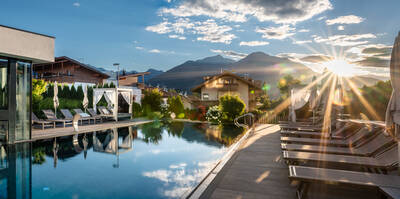
Vacation Offers
tips








